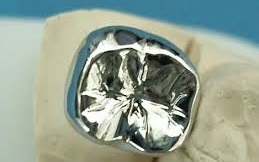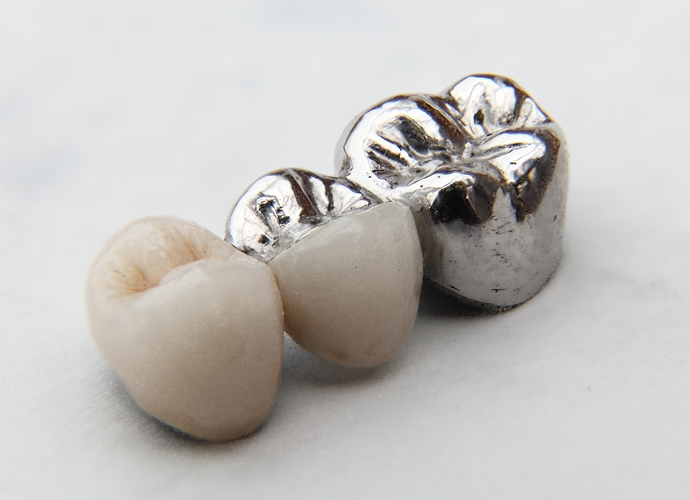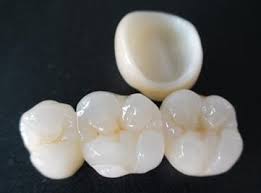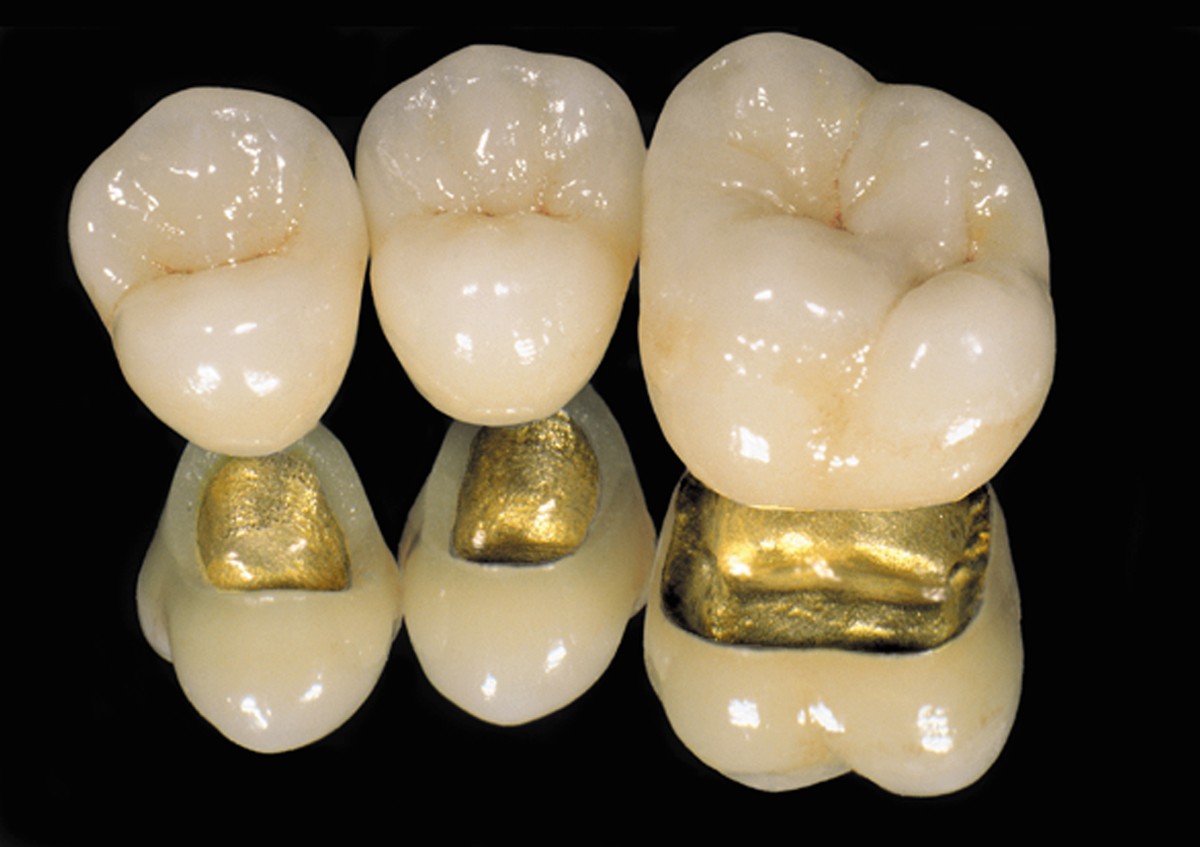- +91 9869419401 022 2544 1868
REPLACEMENT OF MISSING TEETH
(CROWN & BRIDGES)
After root canal procedure tooth becomes very brittle and chances of fracture of tooth increases. So to strengthen the tooth, cap after root canal is mandatory.
A dental crown may be needed in the following situations:
- To protect a weak tooth (for instance, from decay) from breaking or to hold together parts of a cracked tooth
- To restore an already broken tooth or a tooth that has been severely worn down
- To cover and support a tooth with a large filling when there isn't a lot of tooth left
- To hold a dental bridge in place
- To cover misshapened or severely discolored teeth
- To cover a dental implant
- To make a cosmetic modification
For children, a crown may be used on primary (baby) teeth in order to:
- Save a tooth that has been so damaged by decay that it can't support a filling.
- Protect the teeth of a child at high risk for tooth decay, especially when a child has difficulty keeping up with daily oral hygiene.
- Decrease the frequency of general anesthesia for children unable because of age, behavior, or medical history to fully cooperate with the requirements of proper dental care. In such cases, a pediatric dentist is likely to recommend a stainless steel crown.
Bridges
Dental bridges literally bridge the gap created by one or more missing teeth.
A bridge is made up of two or more crowns for the teeth on either side of the gap -- these two or more anchoring teeth are called abutment teeth -- and a false tooth/teeth in between.
What Are the Benefits of Dental Bridges?
Bridges can:
- Restore your smile
- Restore the ability to properly chew and speak
- Maintain the shape of your face
- Distribute the forces in your bite properly by replacing missing teeth
- Prevent remaining teeth from drifting out of position
How Do I Care for a Bridge?
- Avoid sticky, chewy foods (for example, chewing gum, caramel), which have the potential of grabbing and pulling off the crown.
- Brushing twice a day and flossing daily helps prevent tooth decay and gum disease that can lead to tooth loss. Keeping a regular cleaning schedule will help diagnose problems at an early stage when treatment has a better prognosis.
Types of Crowns / Bridges:
Metals used in crowns include gold alloy, other alloys (for example, palladium), or a base-metal alloy (for example, nickel or chromium ). Metal crowns withstand biting and chewing forces well and probably last the longest in terms of wear down. Also, metal crowns rarely chip or break. The metallic color is the main drawback.

Porcelain-fused-to-metal dental crowns can be colour matched to your adjacent teeth (unlike the metallic crowns).

All-ceramic (Zirconia/Emax Crowns) dental crowns provide better natural colour match than any other crown type and may be more suitable for people with metal allergies. All-ceramic crowns are a good choice for front teeth.

Cad Cam Crowns (Ceramic Fuse to Noble Metals) which are digitally constructed either in an office or in lab that has the software and hardware to produce them or in a dental lab. Precious Metal like gold is used for more esthetic and noble metal value.



